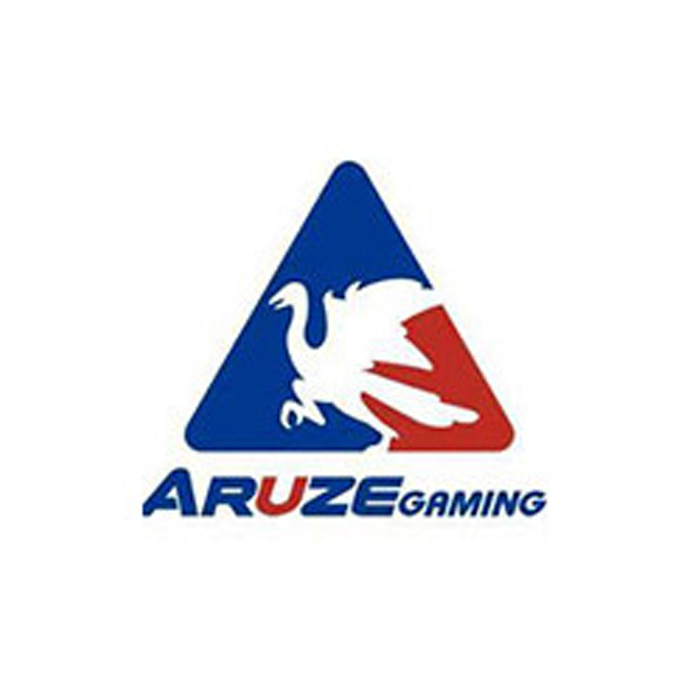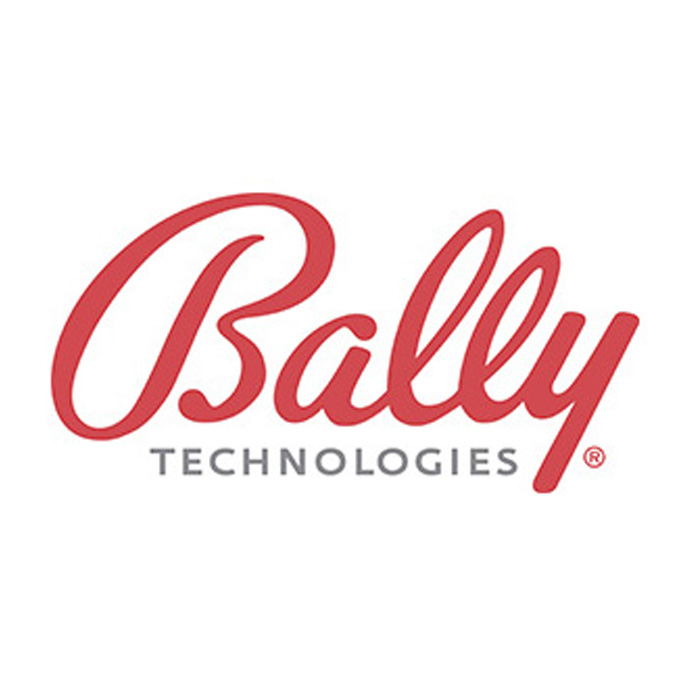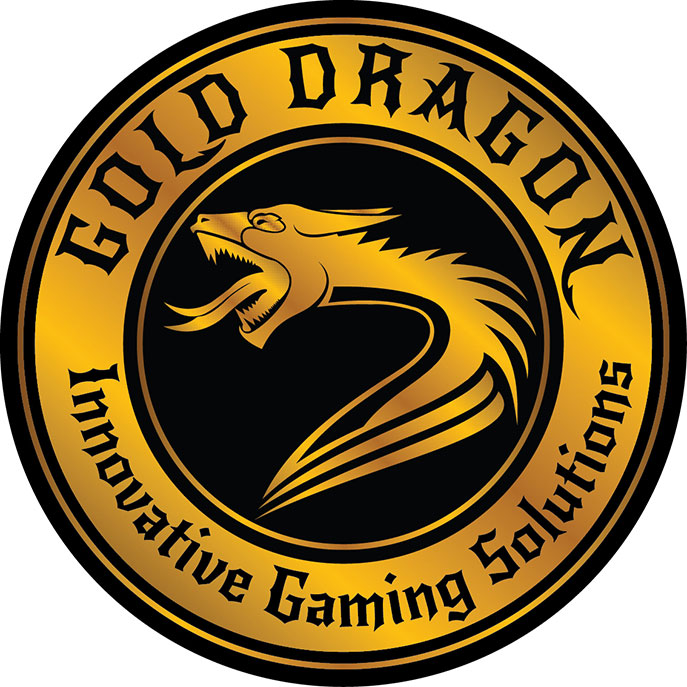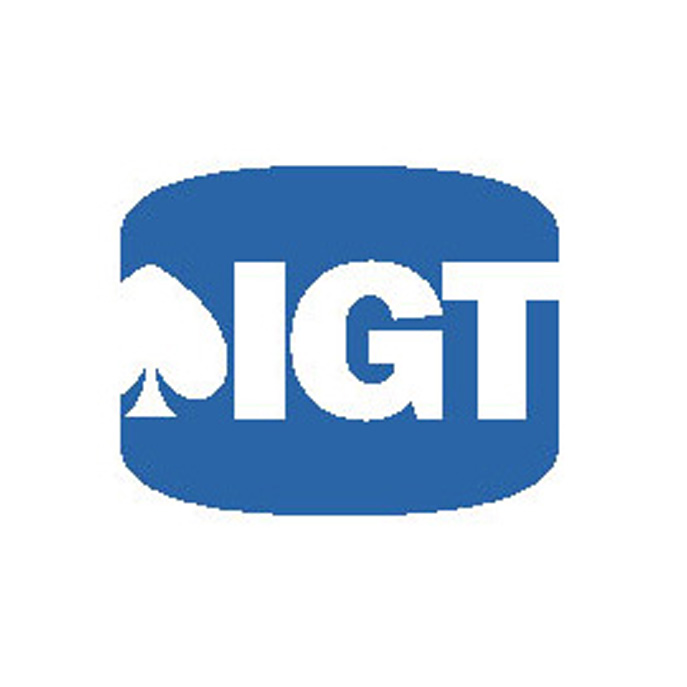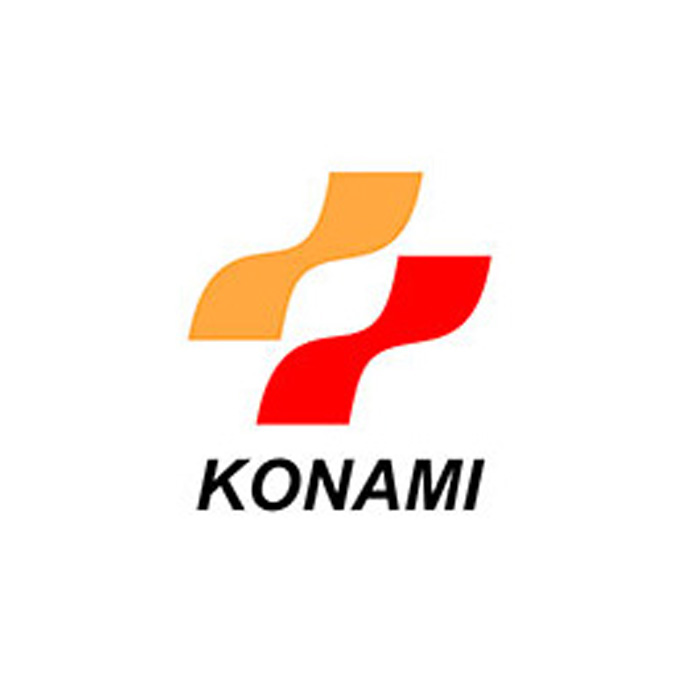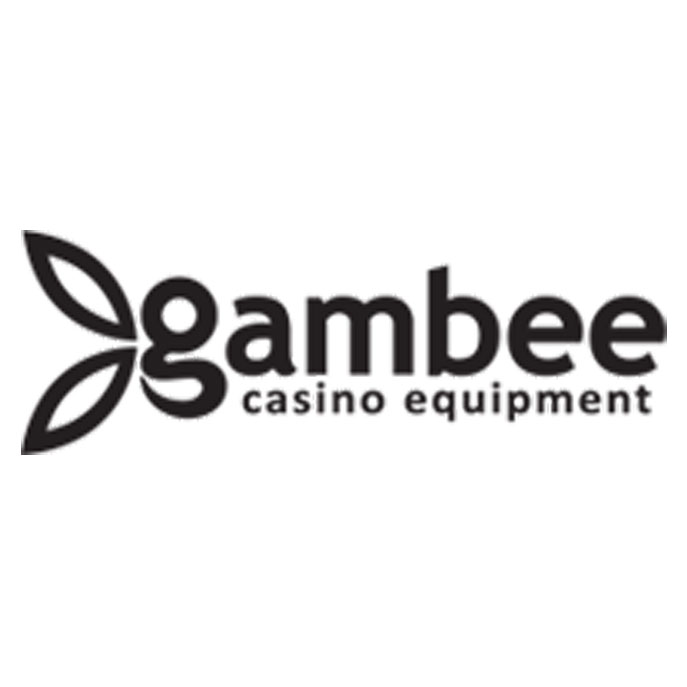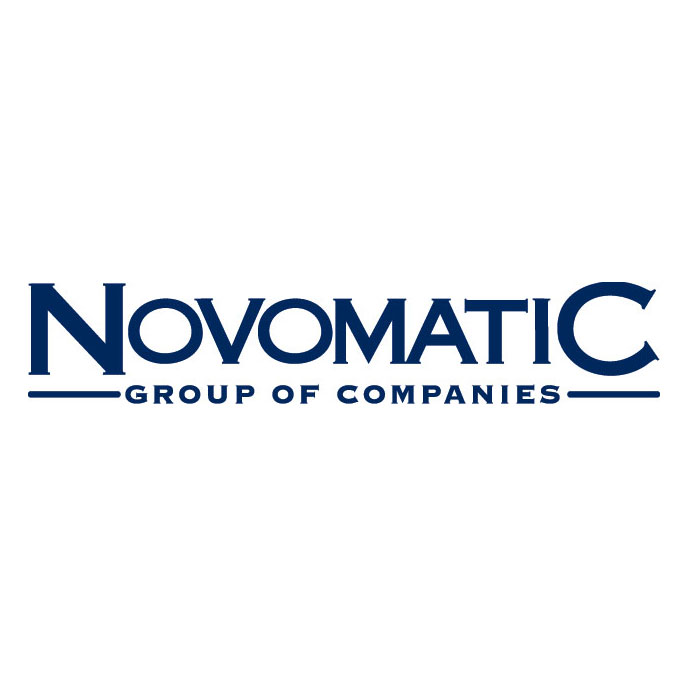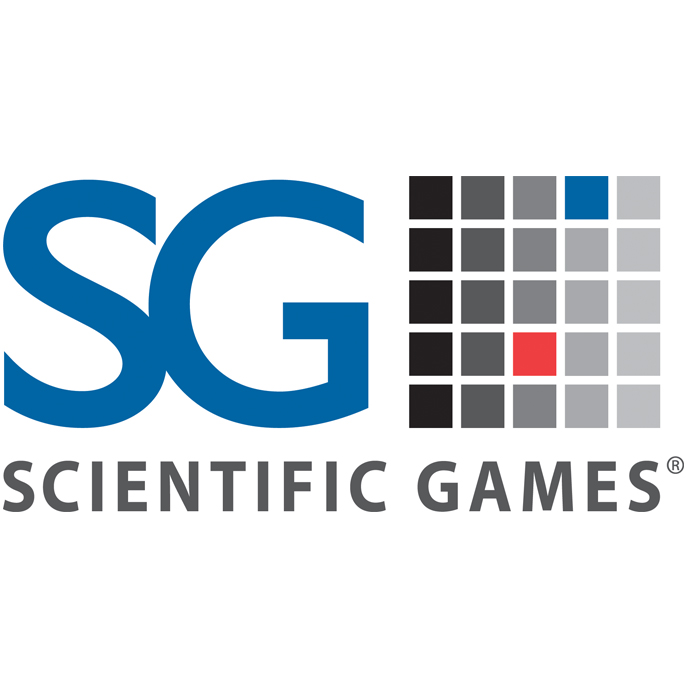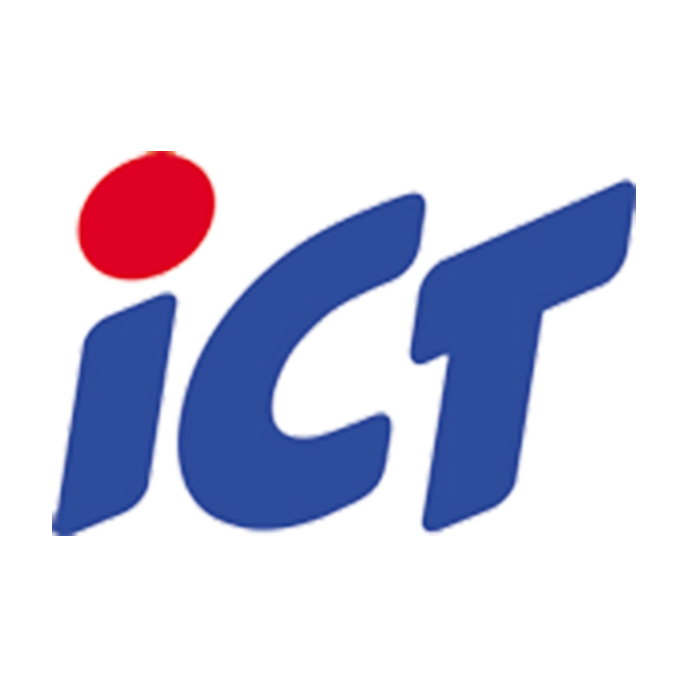Exploring Online Casino Incentives: Bonuses, Rewards, and Promotional Dynamics
In the highly competitive digital entertainment sector, incentive-based engagement has become a core strategic pillar. Online casino platforms rely heavily on structured promotional systems—not merely to attract attention but to cultivate ongoing interest and platform loyalty. This article offers a comprehensive examination of bonus mechanics, their variants, operational implications, and how users can navigate the system with full awareness.
Understanding the Ecosystem of Digital Rewards
Bonuses and promotional mechanisms are integral to the user lifecycle in online gaming environments. These rewards serve multiple functions—from increasing the initial appeal to providing long-term retention solutions. Unlike traditional brick-and-mortar settings, where loyalty is often tied to geography or routine, digital platforms must build loyalty through systematized incentives. Bonuses, in this sense, act both as a hook and a reward mechanism for user interaction.
Core Bonus Categories and Strategic Objectives
Incentives are segmented by purpose, targeting either acquisition, retention, or reactivation. The most common structures include:
- Onboarding Match Incentives: Often described as welcome offers, these match a user's first deposit with bonus credits up to a capped amount, providing enhanced initial liquidity.
- Free Trial Mechanisms: Also known as no-deposit incentives, these are small-value credits offered to enable new users to test the system risk-free, often ranging between $10 to $50 in equivalent virtual currency.
- Spin-Based Opportunities: Time-released spins on select gaming interfaces, usually with preassigned parameters and subject to earnings limitations or multipliers.
- Loyalty-Driven Rewards: These reward frameworks grant points or ranks based on continued usage. Redeemable points can unlock benefits such as enhanced service tiers, faster access to payouts, or even curated offers.
- Re-engagement Incentives: Known in many platforms as reload or comeback offers, these are issued to returning users making deposits after periods of inactivity.
- Loss Mitigation Credits: Cashback-style schemes that refund a portion of net losses during specific timeframes—e.g., 10% returned at week’s end on cumulative losses.
Wagering Conditions and Operational Mechanics
A critical aspect of understanding online bonus systems is grasping the concept of playthrough or wagering requirements. These indicate how many times the bonus value (and sometimes deposit value) must be played before the credited amount becomes eligible for withdrawal.
For instance, a $200 bonus with a 25x wagering multiplier implies the user must stake $5,000 before the funds are cleared for cash-out. Wagering schemes may vary in structure:
- Bonus-only wagering: Only the bonus amount must be played through.
- Deposit + bonus wagering: Combined value of initial deposit and bonus must meet the requirement.
- Game-specific contribution: Not all games contribute equally. Slot machines often count 100%, while strategy-based games like blackjack may contribute as little as 5–10%.
Terms, Restrictions, and Expiry Clocks
Each incentive offer comes embedded with an expiration timeline and a set of restrictions. These terms may limit usage to certain interfaces (e.g., specific slot machines), enforce withdrawal caps, or even restrict concurrent participation in multiple promotional events.
Typical expiration timeframes range from 7 to 30 days. Unused bonuses or unfulfilled wagering requirements may result in automatic cancellation of credits and any associated winnings. Users are encouraged to monitor status indicators in their dashboards to avoid forfeiture.
Platform-Level Loyalty Systems
Many platforms operate layered loyalty ecosystems comprising tier-based systems, status points, or player metrics. These systems often reflect user behavior in weighted form—factoring not just frequency of interaction but size, type, and timing of transactions. Rewards can include physical goods, priority support, real-time rebates, or even early access to software innovations.
VIP programs often mirror gamification logic: rank advancement, milestone unlocking, and progression mechanics that emulate in-game dynamics. This immersive strategy keeps users engaged on both conscious and subconscious levels, combining utility with recognition.
Use of Analytics in Offer Personalization
Contemporary systems deploy machine learning algorithms to customize bonuses. This ensures that incentives reflect individual user behavior, increasing conversion rates and satisfaction levels. For example, a user who frequently accesses mobile platforms may receive mobile-exclusive bonuses, while another who favors live-dealer games may receive reload offers exclusive to that interface.
Personalization minimizes churn, optimizes resource allocation, and builds user-specific engagement journeys—allowing platforms to deepen user relationships without over-reliance on volume-based marketing.
Compliance, Transparency, and User Trust
Regulated platforms must comply with advertising standards and regional gaming authority mandates. Disclosures must be visible and not hidden behind multiple layers of user interface. Terms must be clearly defined and accessible, with specific emphasis on wagering ratios, expiry conditions, and withdrawal procedures.
Platforms failing to disclose these elements transparently risk losing licensing or facing penalties. More importantly, lack of clarity can erode user trust—impacting retention far more than bonus quantity ever could.
Retention Science and Psychological Design
Bonuses serve psychological functions beyond value addition. They create expectations, introduce variability, and tap into reward anticipation mechanisms. Time-limited offers, mystery rewards, and randomized spins are structured to stimulate dopamine responses, increasing engagement frequency.
However, overuse of psychological triggers without value delivery may lead to burnout or user fatigue. Sustainable promotional strategy depends on ethical design that balances psychological influence with genuine reward value.
Conclusion: Incentives as Engineered Engagement
Online bonus systems are not casual gifts—they are engineered mechanisms embedded into digital architecture. Their effectiveness depends not just on value but on clarity, usability, ethical design, and strategic deployment. Users engaging with these systems must develop literacy not only in game mechanics but in incentive logic. Likewise, platforms must innovate responsibly, ensuring that reward systems drive satisfaction, not confusion or exploitation.
Bonus Expiry Patterns and Behavioral Insights
Recent studies in digital interaction behavior suggest that bonus expirations are strategically set not just to limit liability but to create urgency among users. This urgency leads to spikes in user activity toward the end of bonus periods. Recognizing this pattern, platforms sometimes issue secondary follow-up offers to extend engagement without saturating the user experience. Moreover, countdown timers and in-dashboard alerts are common tools that amplify the psychological pressure of “use it or lose it.”
Some operators test variable expiry models—such as tiered extensions based on activity level or recent engagement streaks—which blend gamification with urgency. This layer of customization adds sophistication to retention strategies, creating a more responsive system that rewards consistent behavior over isolated spikes.
Industry Trends and the Future of Promotional Innovation
The landscape of digital promotions is continually evolving. With increased focus on player well-being, responsible reward structuring is gaining momentum. Regulatory bodies in various jurisdictions are beginning to mandate clearer bonus communication, limits on inducement frequency, and proactive messaging around healthy digital behavior. As artificial intelligence becomes more advanced, platforms will likely adopt predictive incentive delivery—where bonuses are triggered based on anticipated user disengagement or behavioral fatigue.
In parallel, cross-platform integrations are becoming common. Some reward systems now span multiple entertainment services—e.g., a loyalty point earned on a gaming platform might also be redeemable in affiliated e-commerce or digital media services. These converging ecosystems push bonuses beyond the silo of gaming and embed them into the broader digital lifestyle of users.
Final Thoughts on Sustainable Engagement
Bonuses, at their best, create mutual value—users gain enhanced experiences, and platforms deepen their engagement metrics. However, the long-term sustainability of promotional systems lies in transparency, adaptability, and responsible design. Systems that mislead or confuse users will not only face regulatory consequences but also reputational damage. Conversely, platforms that treat bonuses as a form of value communication—honest, clear, and user-centric—stand to cultivate long-term relationships and brand loyalty in a crowded digital marketplace.
In conclusion, promotional incentives in online gaming are powerful when wielded with precision and ethics. As the industry matures, bonuses will continue to evolve—from flashy hooks to sophisticated instruments of engagement that blend psychology, data science, and user empowerment.


